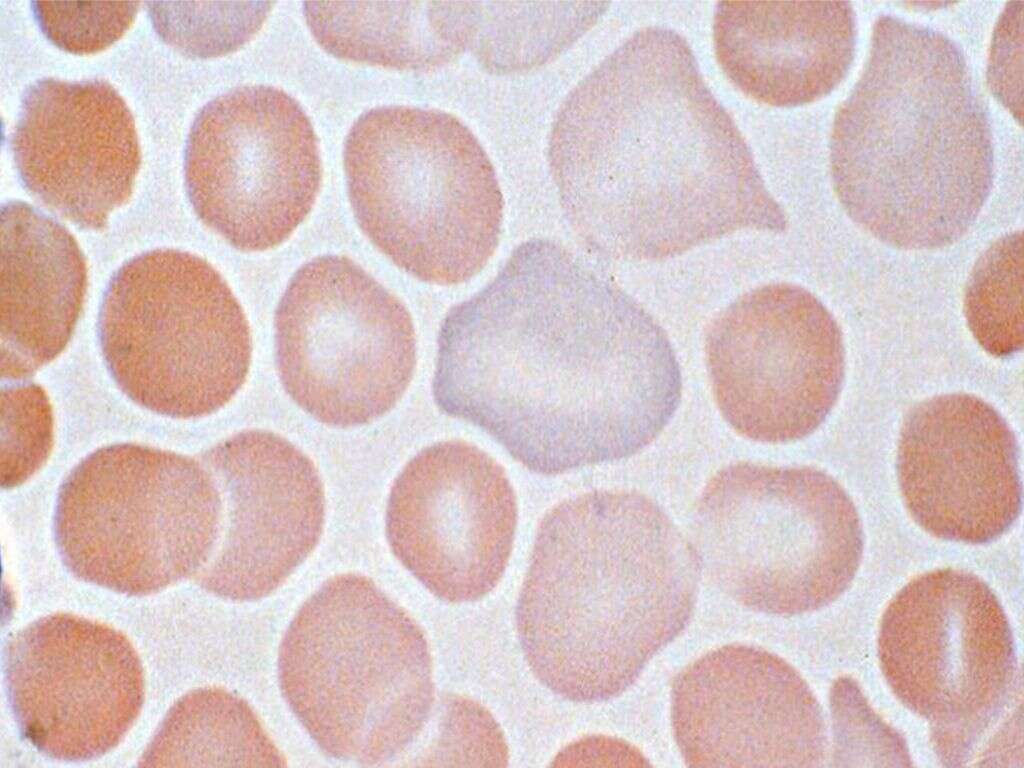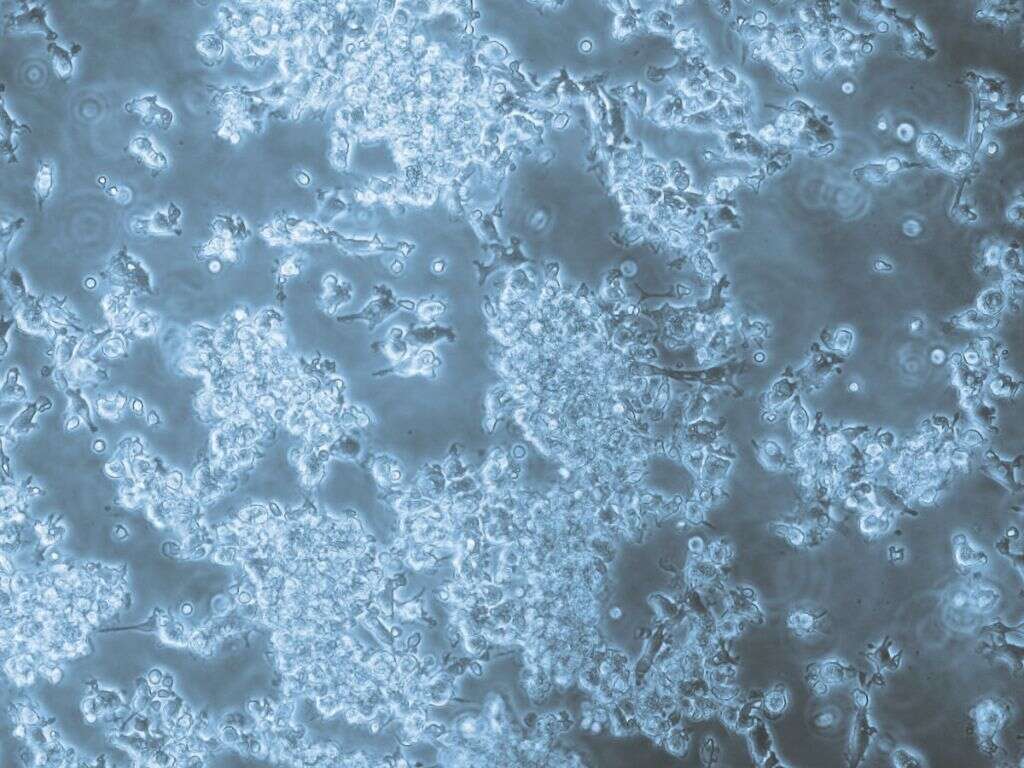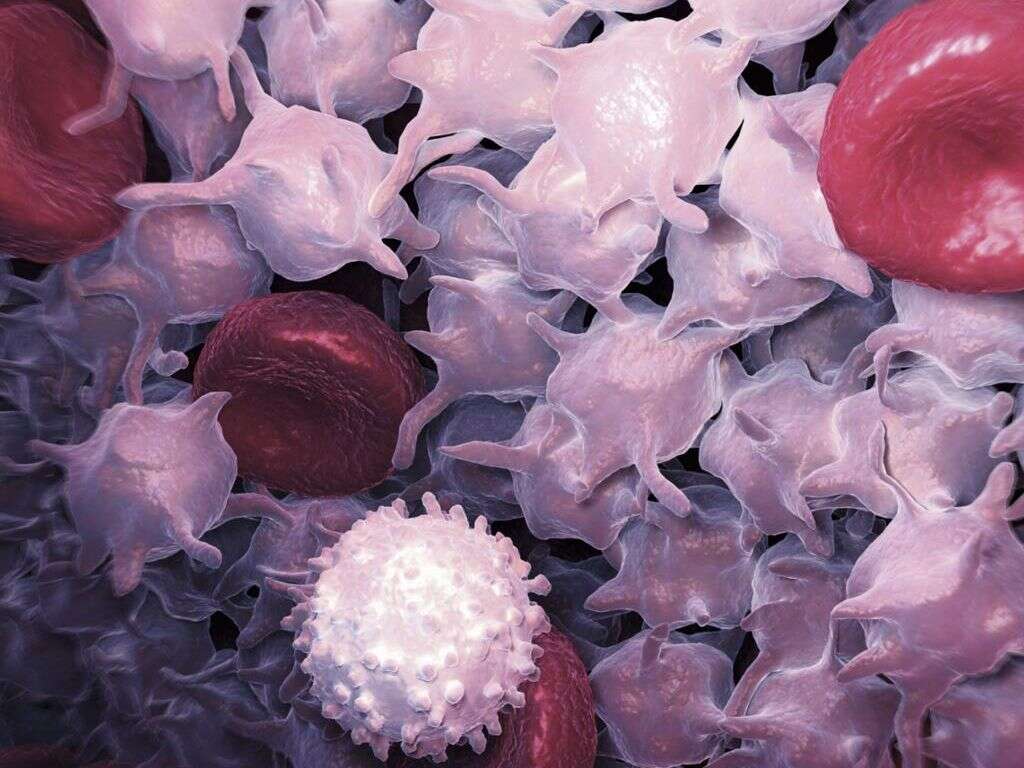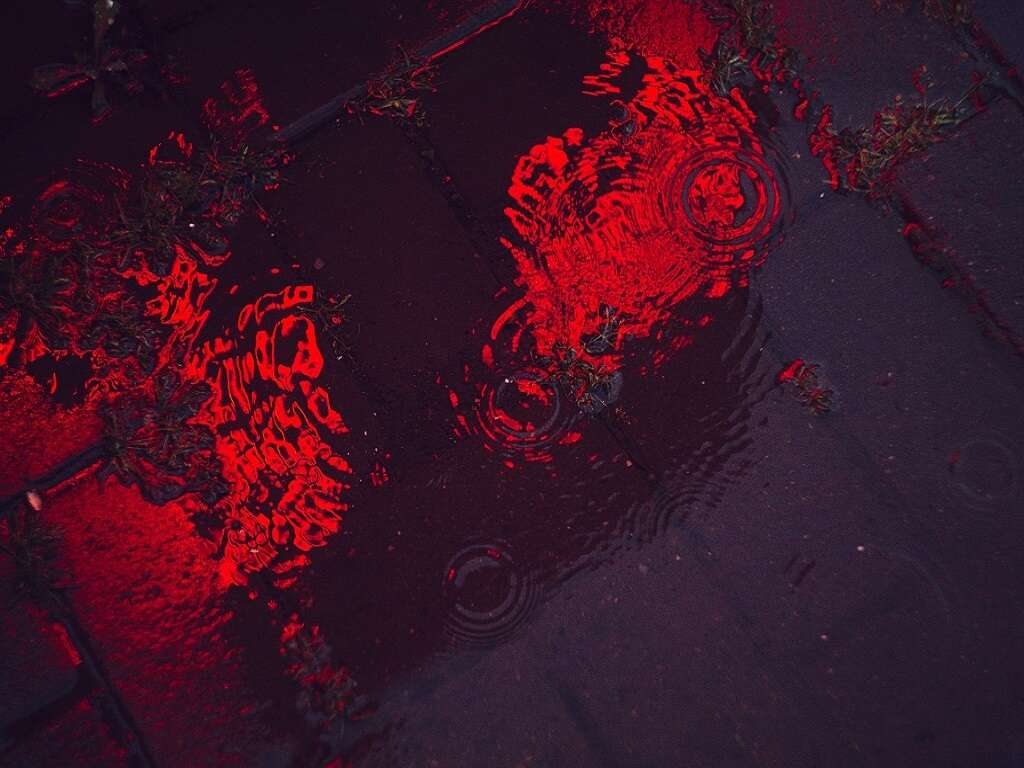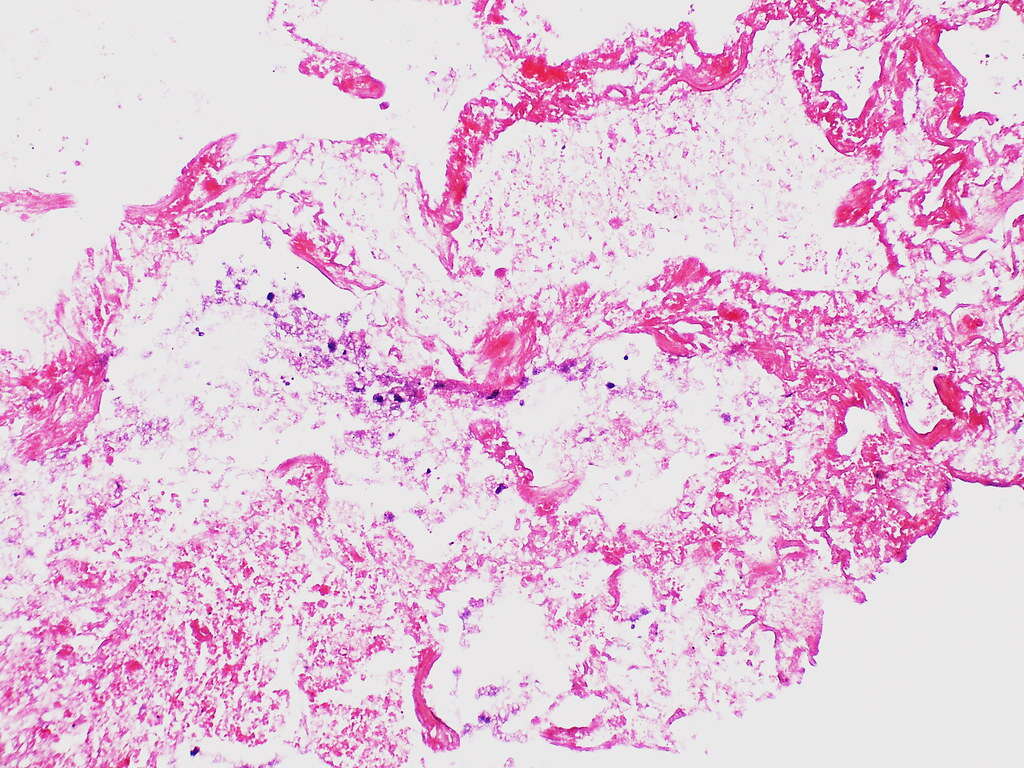What Do Red Blood Cells Do?
Everybody has a circulatory system that carries erythrocytes throughout the body. This is the technical medical term for red blood cells. Red blood cells are essential to us because they ensure that all of our body parts get the oxygen that they need.
Such is the importance of these blood cells to us, and the circulatory system in general, that it pays to look after them the best we possibly can. This generally means eating healthily and enjoying an active lifestyle. There are medical conditions that can impact the health of our red blood cells, but these conditions are often relatively easy to treat.
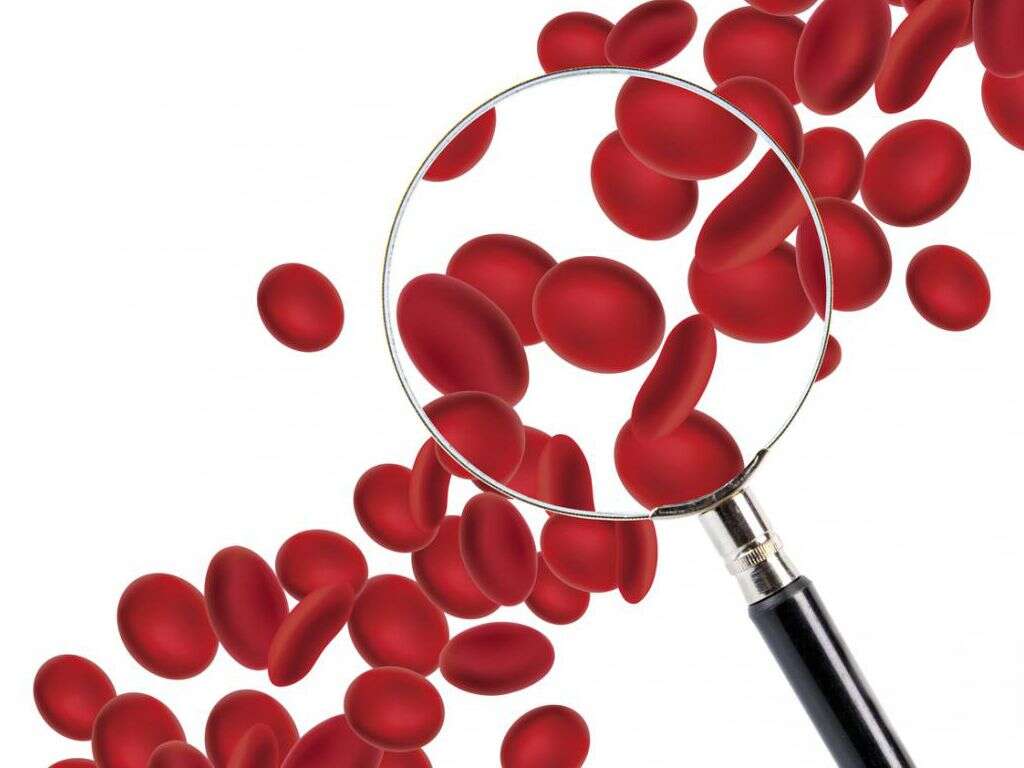
1. White Blood Cells
In order to understand what a red blood cell does, it can help to understand the function of other cells in our blood. Among the most common types of blood cells are white blood cells and these perform a very important function indeed. This is because they help to keep us safe from pathogens, preventing us from falling ill.
White blood cells help to identify unwelcome intruders and then set about destroying them so they can do us no harm. Some white blood cells also perform other important functions such as helping to repair our tissues, and removing dead cells and other unwanted debris.
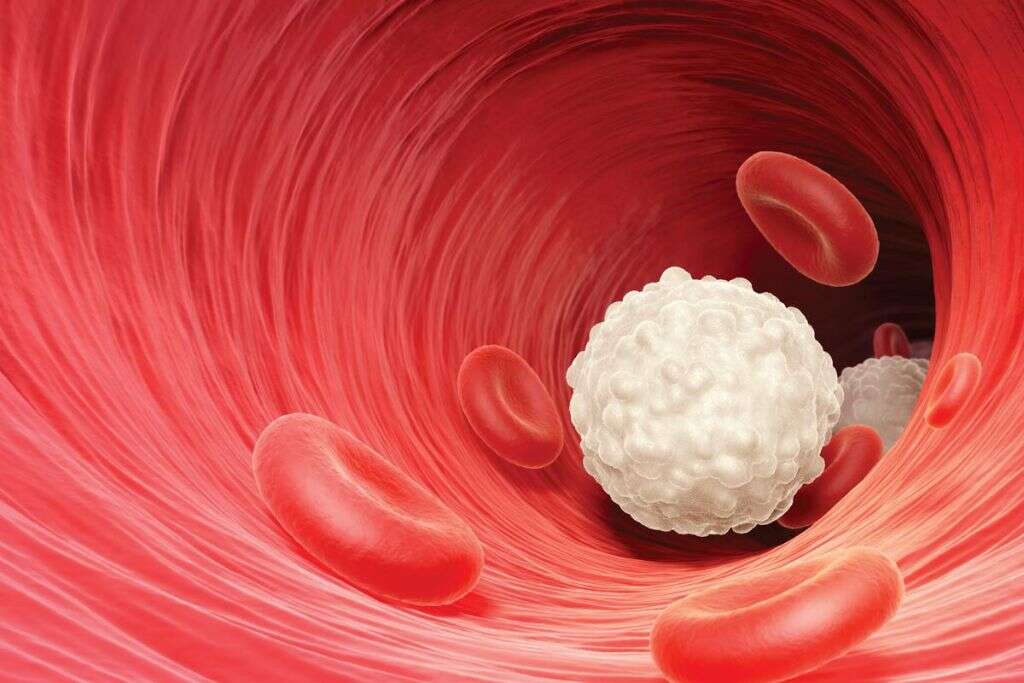
2. Platelets
Another type of blood cell that is very important to us is platelets. These are small cells that flow through the blood and don’t really do much. At least, that is, until we cut ourselves or pick up another injury. Even a small cut could cause a dangerous amount of blood to leak out from our body, but platelets prevent that from happening.
When there is a cut, messages are sent that cause the platelets to begin to stick together, with help from certain chemicals. When these platelets stick together en masse, they form a clot, and this helps to plug any holes until the damage has been repaired.
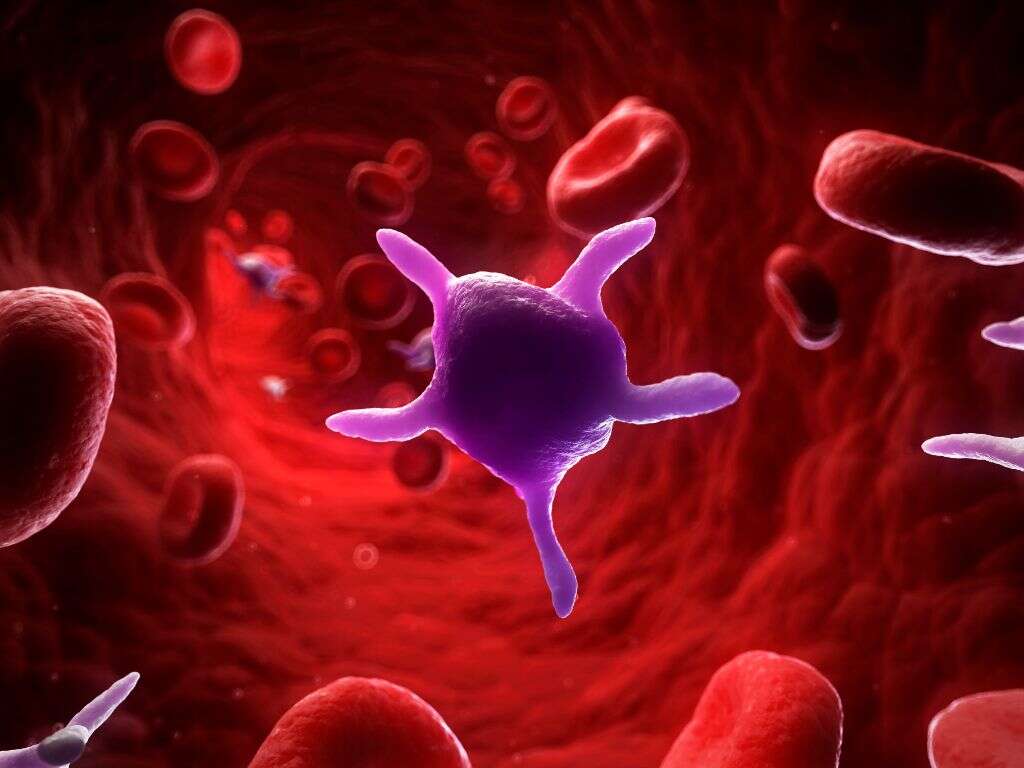
3. Red Blood Cells
Red blood cells are by far the most numerous type of blood cell in our bodies. Indeed, our blood is red because of the high number of red blood cells present which, as their name suggests, are also red. They perform a different role to the other cells mentioned, but one that is still extremely important to us.
Red blood cells have the task of transporting oxygen to other cells that make up the various tissues in our body. This is essential because our body’s cells need oxygen in order to metabolize, giving us energy. If we did not have enough red blood cells then our body will essentially suffocate, and we would die.
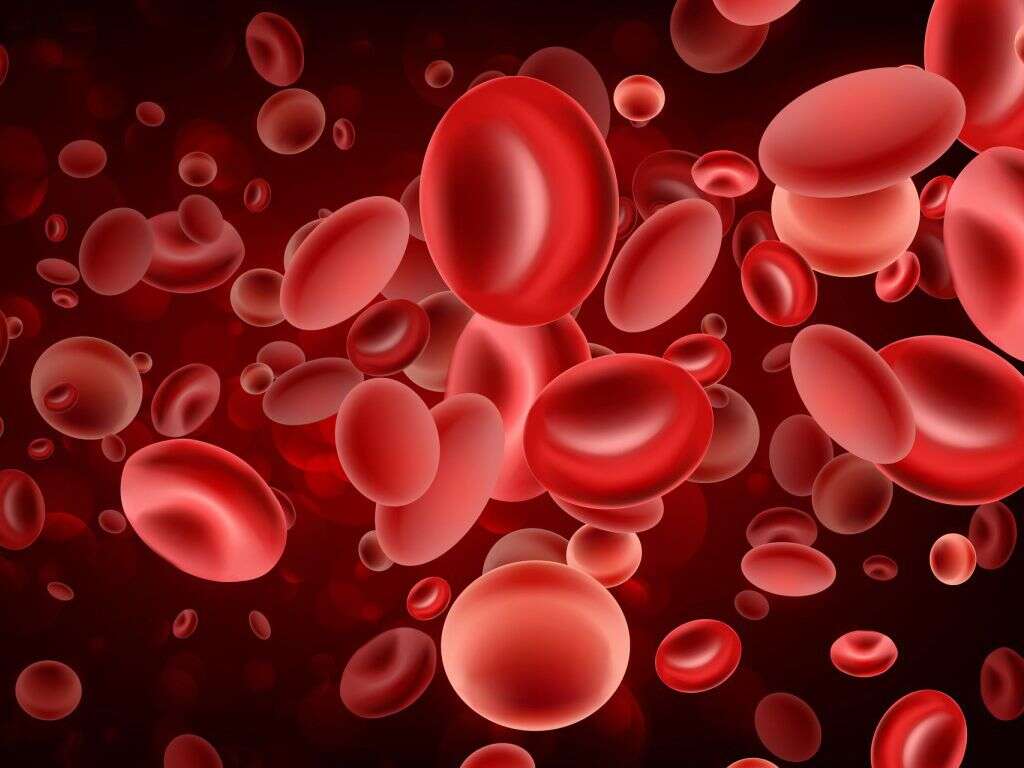
4. Hemoglobin
Red blood cells are able to carry oxygen around the body because they contain a type of protein known as hemoglobin. Hemoglobin contains iron, which gives it its red color. Oxygen has a high affinity to iron, basically meaning that oxygen will attach itself to the iron. Iron is plentiful in a healthy diet so getting enough is not a problem for most people.
Our red blood cells pick up oxygen from the lining of our lungs every time we breathe in, providing us with the constant supply of oxygen that we need. If we were unable to breathe for some reason, we would soon begin to feel dizzy as the body starts to divert oxygen to where it is needed most.
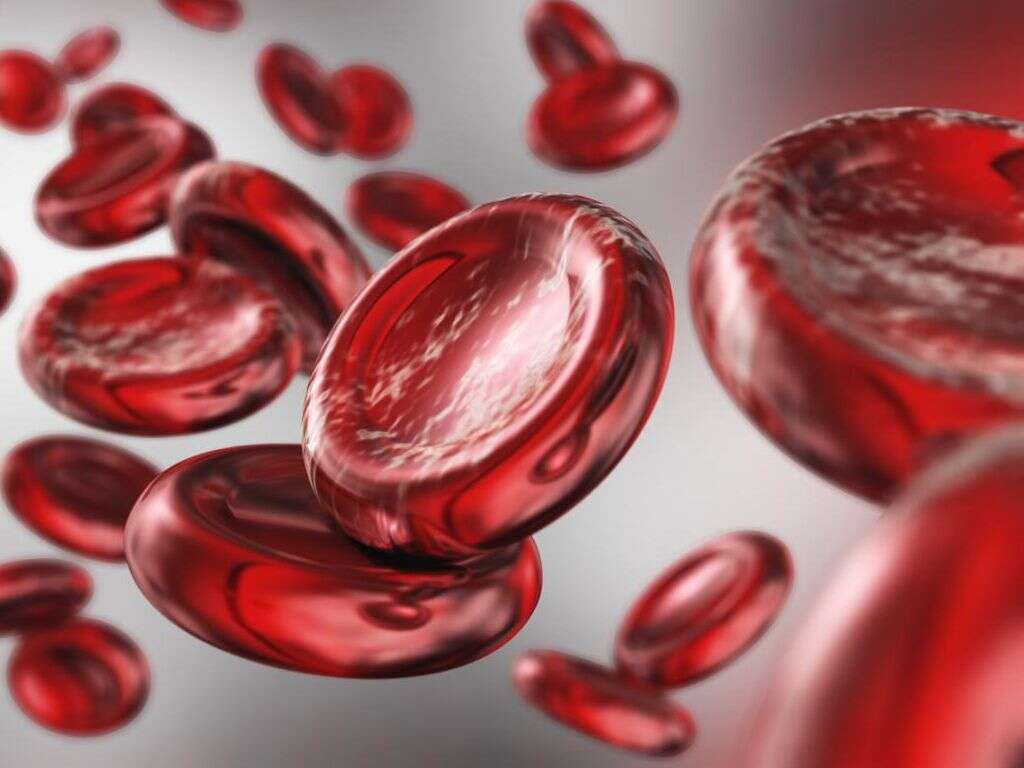
5. Production
Our red blood cells are manufactured in our bone marrow. They take approximately 7 days to reach full maturity before they are then released into the blood supply. Once released into the blood stream, red blood cells have a life of approximately 120 days.
One thing that differentiates red blood cells from many other types of cell is that it has no nucleus. This helps to make the cells flexible, allowing them to pass through even the narrowest of blood vessels. This leads to some tight squeezes that can damage the cell’s membranes, limiting how long they are able to live.
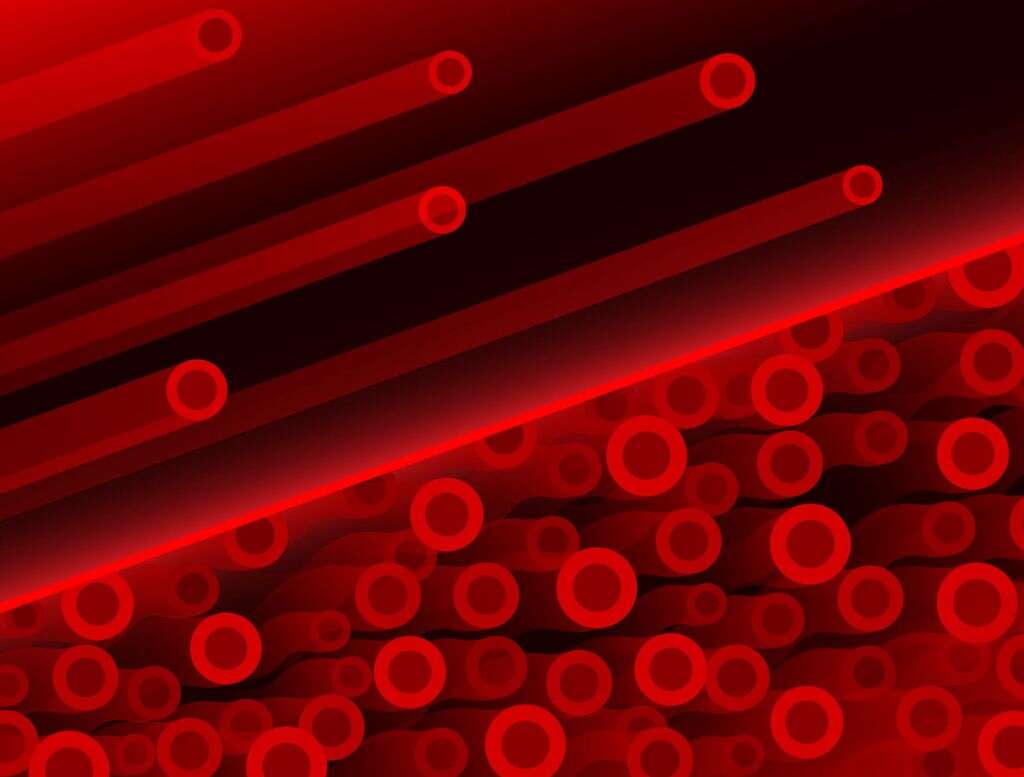
6. Veins, Arteries, and Capillaries
Our blood is transported to other parts of the body thanks to a network of blood vessels including veins arteries, and capillaries. Arteries make some of the largest blood vessels in the body and carry blood that is rich in oxygen away from the heart and lungs and to the rest of the body.
Our veins carry blood back toward the heart. Blood in the veins is darker than that in arteries because the oxygen has been used. Capillaries are the smallest of all blood vessels, and allow red blood cells to travel single file so their oxygen can be delivered directly to the tissue cells that need it.
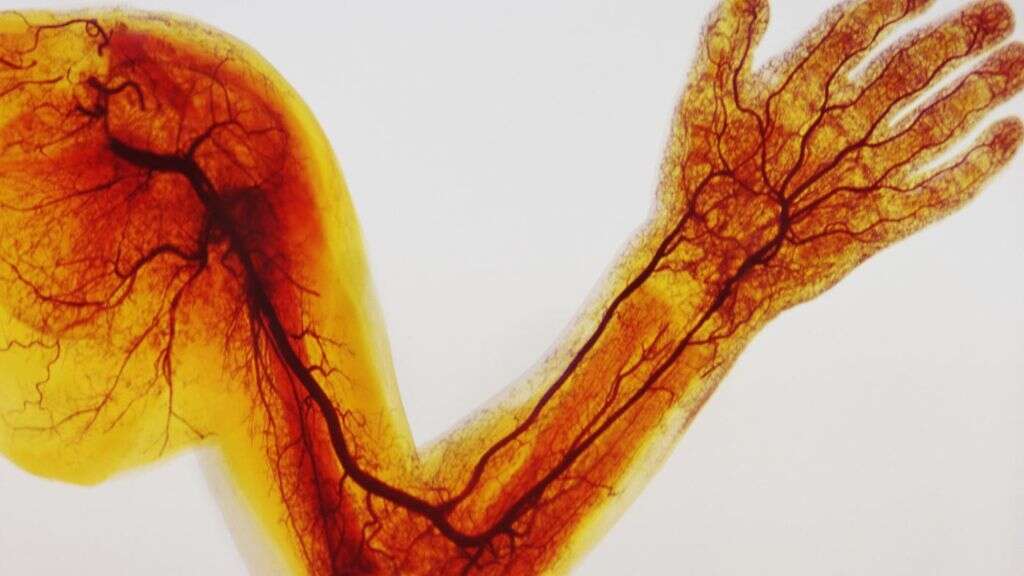
7. Anemia
Anemia is a relatively common condition that means there is not enough oxygen being carried around the body due to a lack of red blood cells. Underlying causes for the condition include issues with deformities of the red blood cells, abnormal destruction of red blood cells, and a lack of hemoglobin.
The most common type is iron-deficient anemia, which basically means that there is not enough iron in the body for hemoglobin to be produced. Thankfully, this is usually easily remedied by changes in diet and/or supplements. It can also be down to medical conditions which are harder to treat, however.
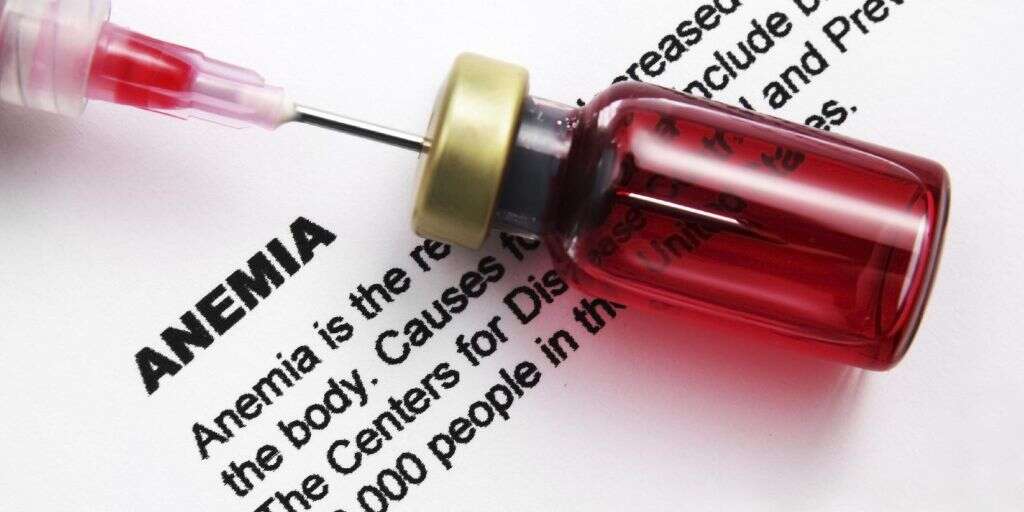
8. High Red Blood Cell Count
While some people will have a low red blood cell count, others will have a count that is too high. It generally happens simply because the bone marrow is producing more than it usually should. It does not always mean that the patient has an underlying health condition, but it can be a sign of something potentially serious.
Not all people with a high blood cell count will experience symptoms. Among those that do, symptoms typically include fatigue, headache, feeling dizzy, and blurred or loss of vision. Treatment for the condition usually involves medication, while the underlying cause will also need to be addressed, if there is one.

9. Phlebotomy
Phlebotomy is the technical medical term for drawing blood from the body to perform tests. This can be very useful for medical professionals because our blood can tell us a lot about our overall health. One thing that is often checked is the red blood cells themselves.
Red blood cells are often checked for the structure of the cells individually, and how many of them are flowing through the blood. Blood tests can also reveal the presence of pathogens in the blood stream and can also reveal the presence of cancers. Such tests are often used when more information is needed to be able to reach a conclusive diagnosis.
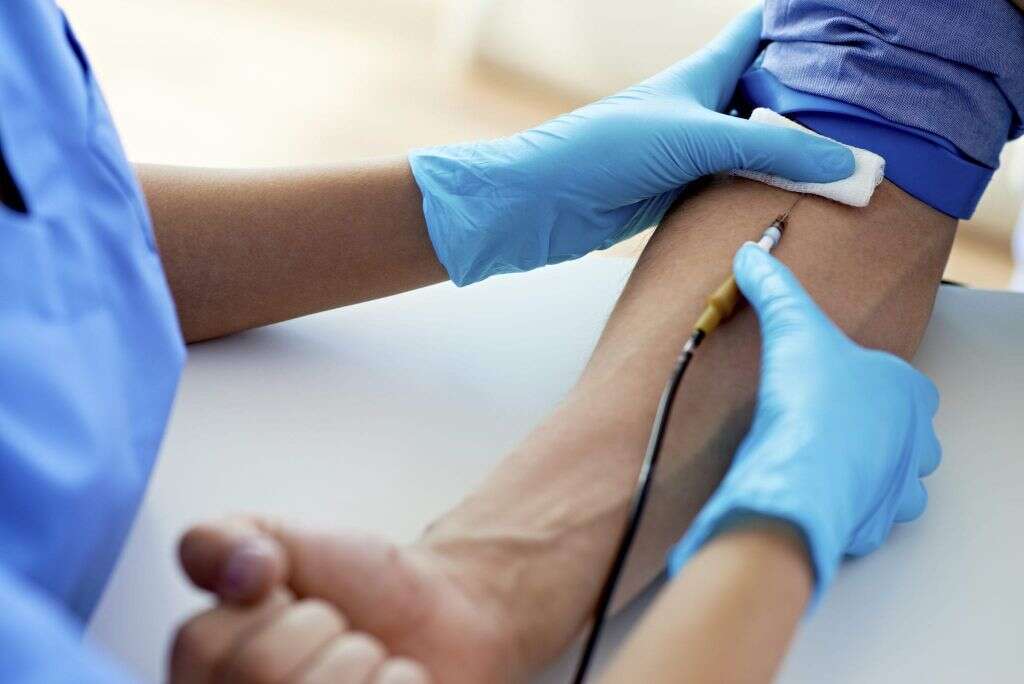
10. Other Colors
As mentioned, our blood is red thanks to the presence of iron in hemoglobin. Some animals, however, have evolved to use different elements, resulting in blood that has a very different color to ours. Arthropods, for example, have hemocyanin instead of hemoglobin. This substance contains copper, giving their blood a distinctly blue color.
Many worms and leeches will have green colored blood, thanks to a protein known as chlorocruorin, while some beetles and marine animals have yellow blood. This is because of the presence of vanadium in their blood. Some animals even have purple blood, thanks to the presence of hemerythrin.




